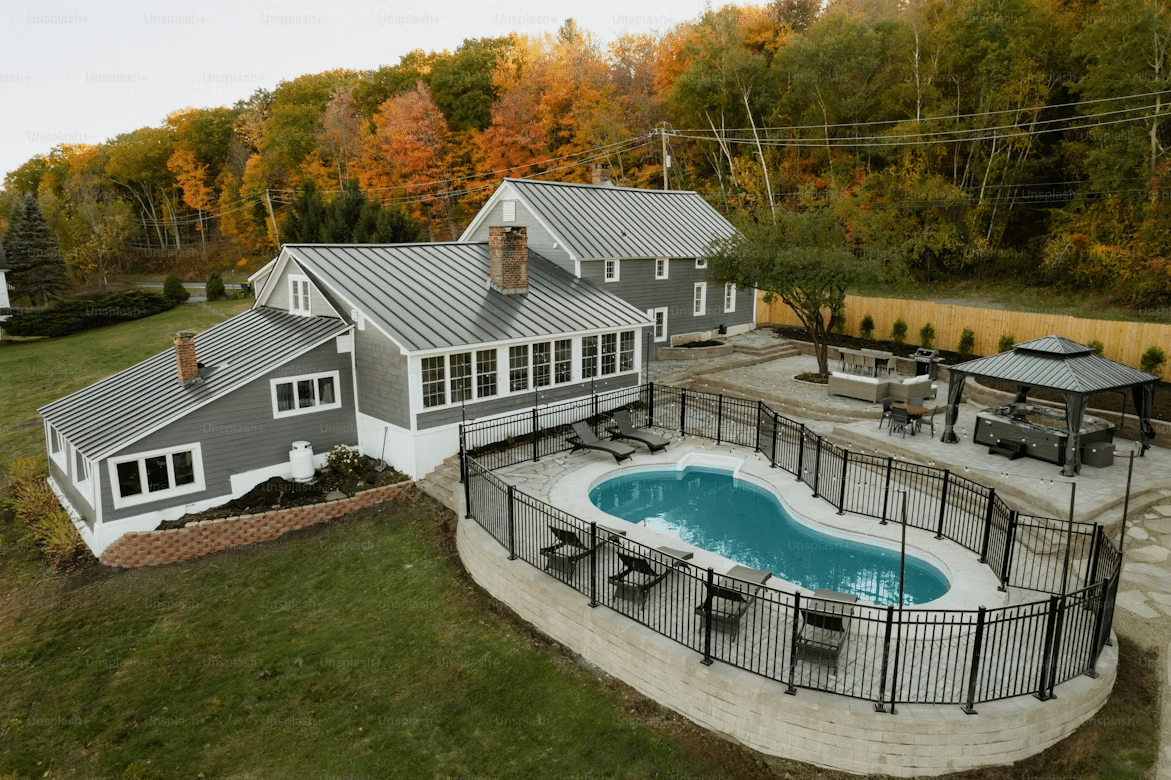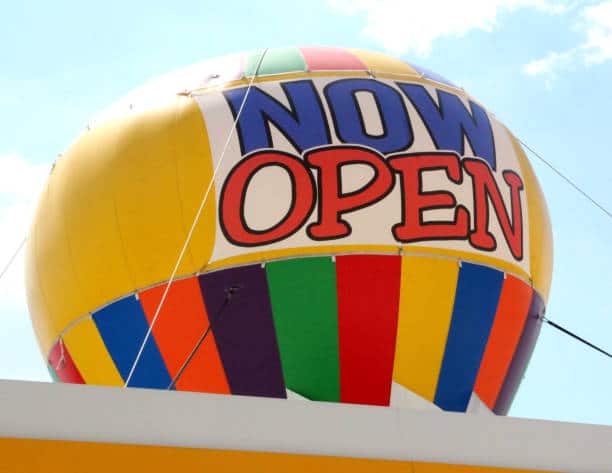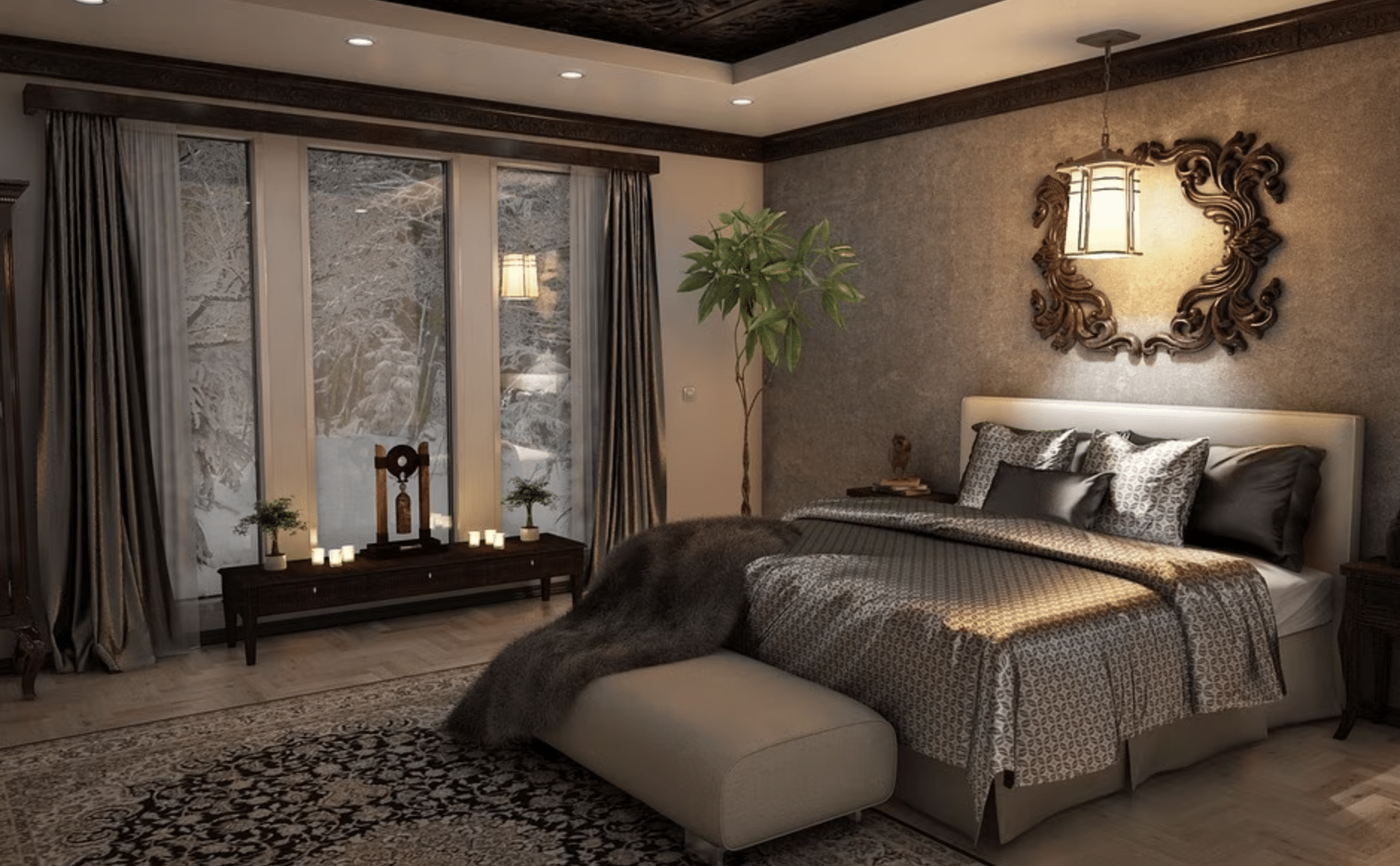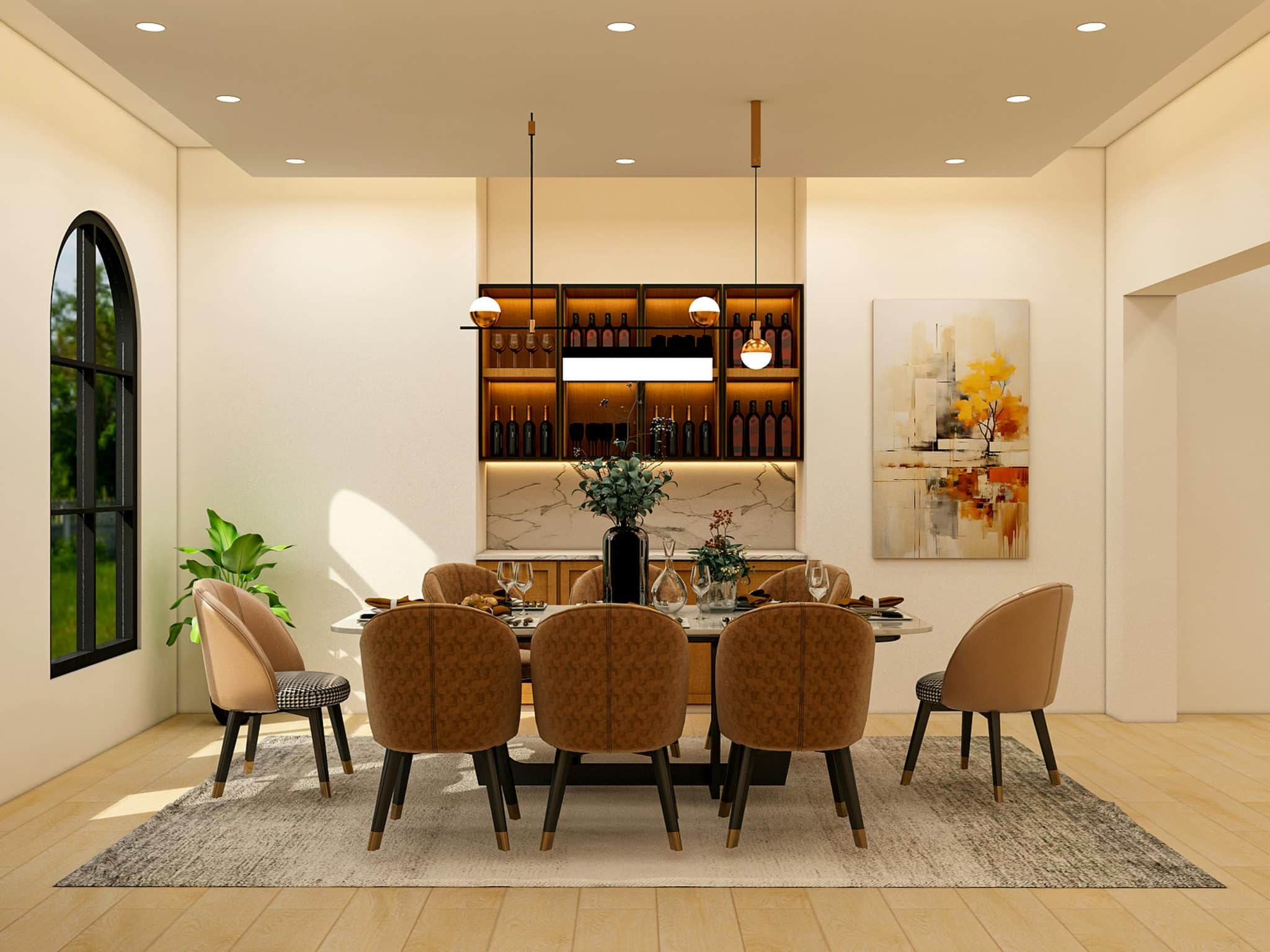Picture this: a school principal looking at their playground benches after just two years, watching paint peel off and rust creep through the metal. Meanwhile, across town, a café owner is calculating how many times they’ve had to replace those cheap plastic chairs that seemed like such a bargain initially.
Turns out, there’s a lot more to outdoor seating than just giving people somewhere to sit.
The Real Cost of Going Cheap
Here’s the thing about outdoor furniture: nature doesn’t care about your budget. Rain, sun, wind, and countless people using your seating daily will test every decision you made during the purchasing process.
That bargain bench might look attractive on paper, but add up the replacement costs over five years. Include the staff time spent on maintenance, the potential safety issues, and suddenly those savings don’t look so impressive anymore.
Municipal councils learned this lesson the hard way. After replacing flimsy seating year after year, many switched to durable options like quality metal bench seats that can handle whatever gets thrown at them.
Beyond Just Surviving the Elements
But durability isn’t just about weatherproofing. Think about a busy university campus where students drag chairs around, lean back in them, and generally treat furniture like, well, students do.
The furniture that lasts in these environments has something in common. It’s designed with real-world use in mind, not just aesthetics.
Actually, some of the most successful public installations are the ones where nobody thinks about the furniture at all. When seating just works, people focus on what they’re actually there for: studying, meeting friends, or taking a break.
The Numbers Game That Actually Matters
Let’s talk ROI for a minute. Not the theoretical kind, but the actual dollars and cents that matter to business owners and facility managers.
Quality outdoor seating typically pays for itself within three to five years through reduced replacement and maintenance costs. But the real wins often show up in unexpected places.
A retail complex found that comfortable, attractive seating increased dwell time by 30%. People stayed longer, which meant more sales for the businesses. The property manager calculated that their investment in better outdoor furniture generated additional revenue worth six times the initial cost.
Schools notice fewer vandalism issues with well-made furniture. Apparently, when something looks and feels substantial, people tend to treat it with more respect.
What Businesses Actually Need
The requirements for commercial outdoor seating are pretty specific. It needs to handle constant use without falling apart. Cleaning should be straightforward because maintenance crews don’t have time for complicated care routines.
Safety matters too. Wobbly chairs or benches with sharp edges create liability issues that nobody wants to deal with.
Weather resistance goes beyond just not rusting. UV protection prevents fading and brittleness. Proper drainage design stops water from pooling and creating problems down the line.
Making the Investment Work
The trick isn’t necessarily buying the most expensive option available. It’s about understanding what your specific situation demands and finding seating that delivers on those requirements.
A coastal business needs different considerations than a mountain resort. Heavy foot traffic areas call for different solutions than quiet reading nooks.
Smart buyers also think about flexibility. Modular systems that can be reconfigured as needs change often provide better long-term value than fixed installations.
The Bottom Line Reality
Quality outdoor seating represents one of those purchases where the cheapest option usually costs the most over time. The businesses and organizations that figure this out early tend to be the ones with outdoor areas that still look great years later.
The math is pretty straightforward once you factor in all the hidden costs of constantly replacing and maintaining inferior products. Sometimes spending more upfront is actually the most economical choice you can make.








